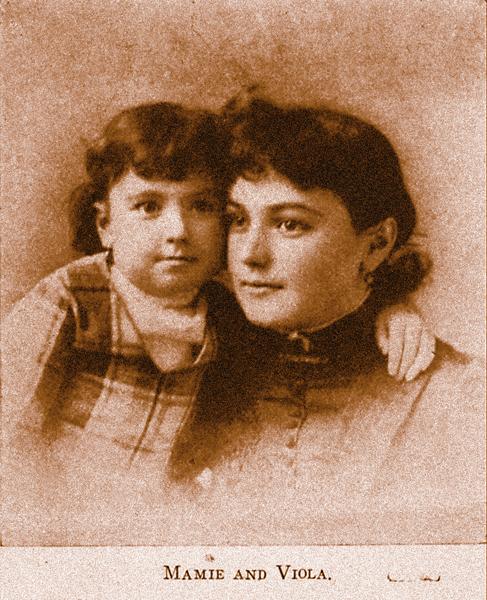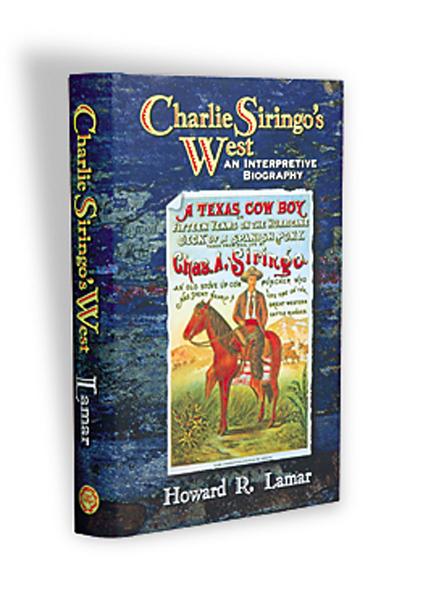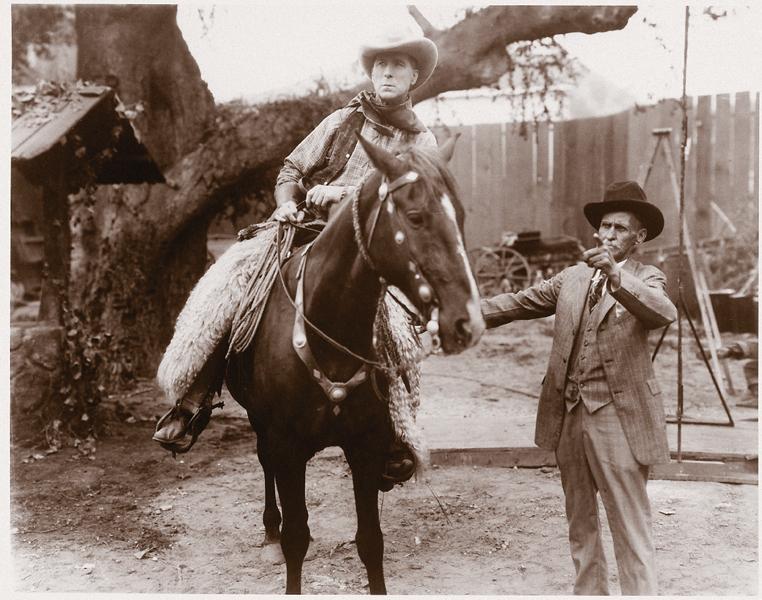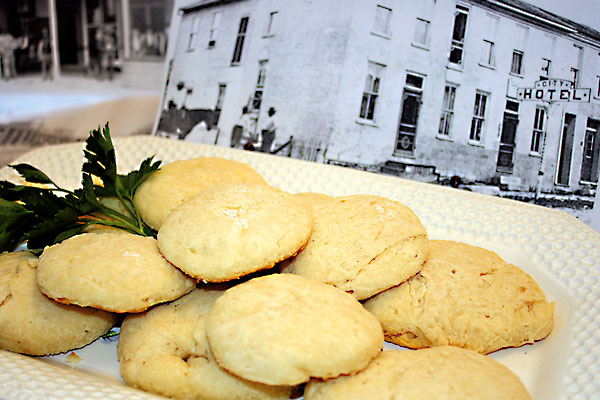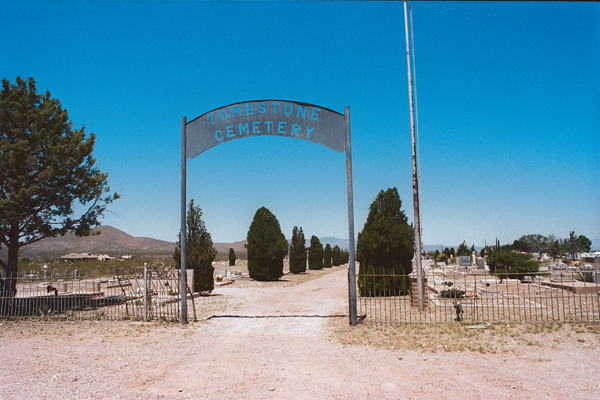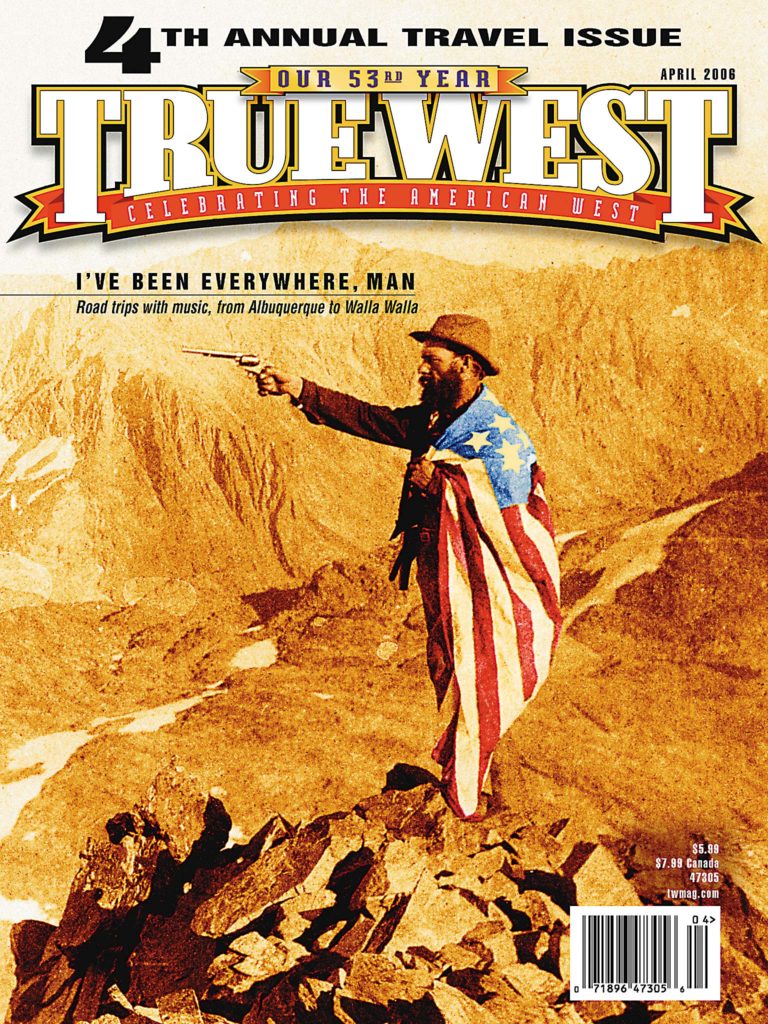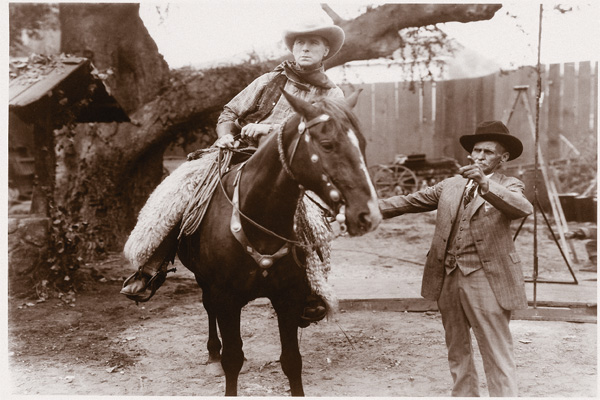 A deep distrust of law and order was felt throughout the West in the 1880s … for good reason.
A deep distrust of law and order was felt throughout the West in the 1880s … for good reason.
Labor and Capital fought tooth and nail for their causes, and sometimes even to murderous ends.
Charlie Siringo, the man credited with writing the first autobiography of a working cowboy in 1885, had changed gears from tracking cattle and cattle rustlers to trailing outlaws for the Pinkerton National Detective Agency. One colorful adventure he had in Tuscarora, Nevada, in the summer of 1889, is a telling example of the rivalry raging between laborers and mine owners. And, hitting home hardest for Siringo, it started as a conflict that bristled within his own heart and mind.
The fact that it was a dangerous assignment, he could shrug that off. But Siringo’s wife of five years, Mamie, was suffering from pleurisy so badly, she had been sent to her father’s home in Springfield, Missouri, to await an operation by the family physician. Siringo’s days were filled with worry, instead of anticipation at viewing San Francisco, a city he had never visited.
Once there, the detective met up with George Pelling, who had sought Pinkerton’s help after dynamite bombs went Kaboom! under his and his mining partner’s respective homes in Tuscarora.
Siringo explained it best in his autobiography, A Cowboy Detective: “Mr. Pelling and his mattress went off through the roof and landed right side up with care in the middle of the street. He was still wrapped in quilts and blankets, and the shock put him out of business for a while, but otherwise he was not hurt. Not so lucky was Mr. Prinz [Pelling’s partner]. He was badly used up, but soon recovered. He, too, was blown out into the street but not on a feather bed.”
As owners of a valuable mine and mill in Tuscarora, the two men had some suspects in mind, including Philip Snyder, who Pelling mentioned may be a “friend to the dynamiters.” As luck would have it, Snyder would be the very man Siringo sat next to while en route by stage to Tuscarora. When Siringo pulled out his Colt .45 and shot a coyote dead from his seat, he gained admiration from this newfound friend. It also earned him a meeting with Tim W., an acknowledged enemy of Prinz and Pelling.
After earning Tim’s trust, Siringo invited him on a prospecting trip in the Indian Territory. Despite warnings that Siringo had to be a detective, Tim went along and eventually spilled the beans on the bombing. Afterward, when someone told Tim Siringo’s real name and job, he still didn’t believe it.
Back in Denver, Colorado, Tim was arrested, but his confession became state’s evidence, allowing him to go free. By this time, nine months had gone by. The guilty parties Tim had alerted the police to were long gone, and Prinz and Pelling had already sold the mine and moved on to better things.
Siringo never explained why Tim and the others blew up the homes. But one ex-perience during their trip would later land him in the movies. Siringo and Tim had witnessed the first Oklahoma land run of 1889. Because of this, William S. Hart hired Siringo in 1925 as a consultant for Tumbleweeds, which depicted the opening of the Cherokee Strip in Oklahoma.
The close of the Tuscarora investigation, however, would end sadly. Mamie never recovered from her pleurisy, which finally attacked both lungs. By the winter of 1891, she had died in his arms at their home in Denver. Siringo would never find a love like hers again, even though he married (and divorced) three more women in his lifetime. The Texas cowboy who spent “fifteen years on the hurricane deck of a spanish pony” bid his farewell on October 8, 1928, when the 73 year old’s heart finally gave out.
Photo Gallery
– Courtesy Seaver Center for Western History Research, Natural History Museum of Los Angeles County –


